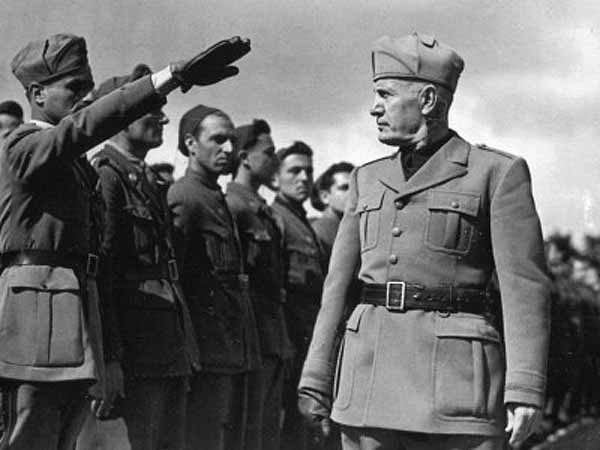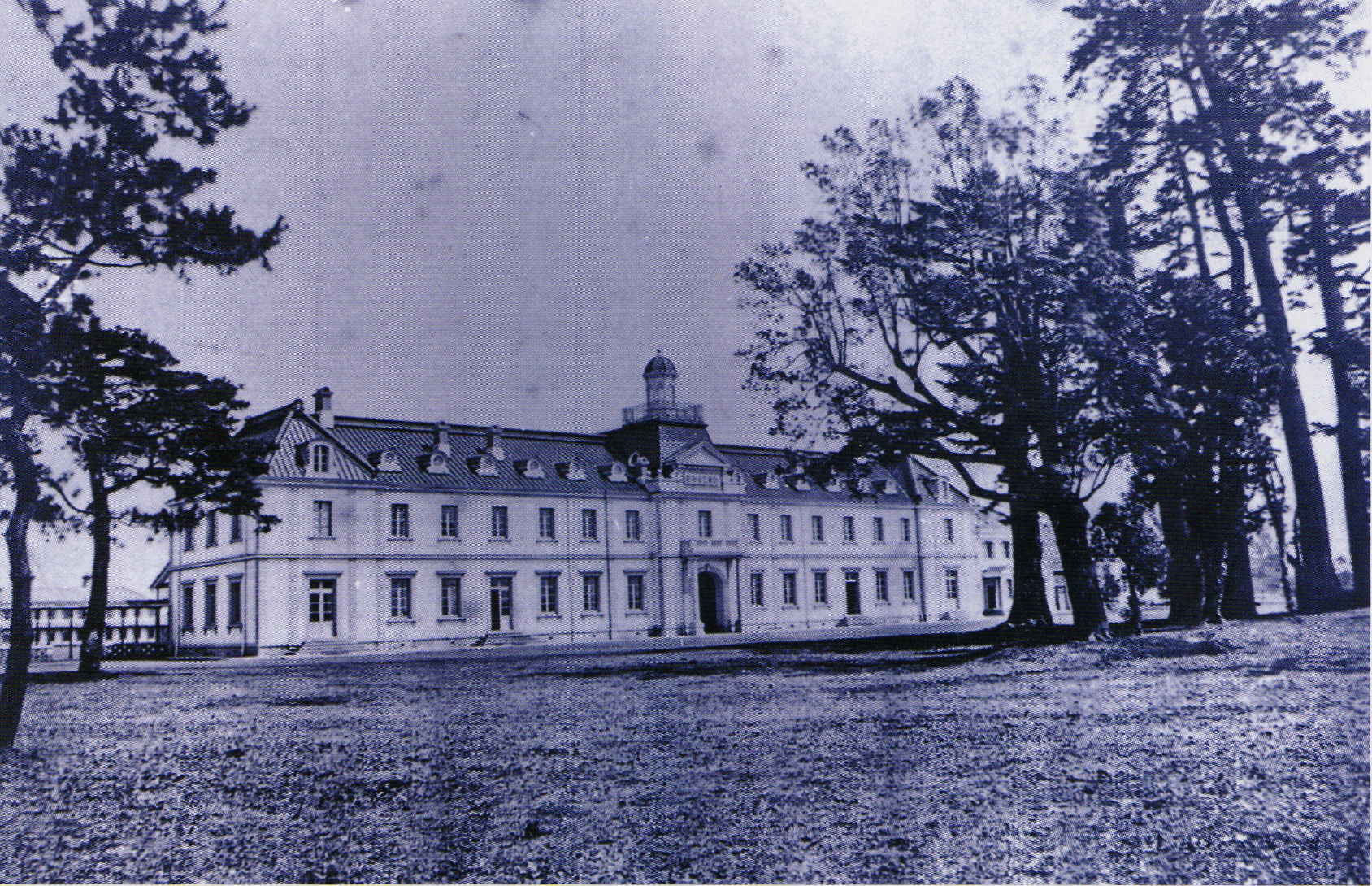|
Tsūshōgō
were unit code names used by the Imperial Japanese Army (IJA) during World War II. Each ''tsūshōgō'' consisted of a and a . Unit Character Codes typically consisted of one character, although some units established in the late stages of the war had two-character codes. Unmobilized units were assigned area codes, such as for those units under the jurisdiction of the Eastern District Army. Code Numbers were three to five digit long numbers unique to each IJA unit. For example, the 116th Division was assigned as its Unit Character Code. The tsūshōgō of some of its subordinate units were: * * Arashi 6213 - 109th Infantry Regiment * Arashi 6214 - 133rd Infantry Regiment * Arashi 6222 - 122nd Field Artillery Regiment * Arashi 6225 - 116th Construction Regiment * Arashi 6227 - 116th Transport Regiment Unit 731 is another example of a tsūshōgō. Officially named the , the unit was assigned the code name Manshū 731. was the Unit Character Code assigned to some units o ... [...More Info...] [...Related Items...] OR: [Wikipedia] [Google] [Baidu] |
Code Name
A code name, codename, call sign, or cryptonym is a code word or name used, sometimes clandestinely, to refer to another name, word, project, or person. Code names are often used for military purposes, or in espionage. They may also be used in industrial counter-espionage to protect secret projects and the like from business rivals, or to give names to projects whose marketing name has not yet been determined. Another reason for the use of names and phrases in the military is that they transmit with a lower level of cumulative errors over a walkie-talkie or radio link than actual names. Origins Achaemenid Empire The Achaemenid Empire under Darius I employed a network of spies called the King’s Eye or the King’s Ear. These agents operated under anonymity, and “King’s Eye” was not a specific person but rather a code name for the intelligence network that reported directly to the king. Punic Wars The Carthaginian general Hannibal Barca reportedly used coded re ... [...More Info...] [...Related Items...] OR: [Wikipedia] [Google] [Baidu] |
Imperial Japanese Army
The Imperial Japanese Army (IJA; , ''Dai-Nippon Teikoku Rikugun'', "Army of the Greater Japanese Empire") was the principal ground force of the Empire of Japan from 1871 to 1945. It played a central role in Japan’s rapid modernization during the Meiji period, fought in numerous conflicts including the First Sino-Japanese War, the Russo-Japanese War, World War I, the Second Sino-Japanese War, and World War II, and became a dominant force in Japanese politics. Initially formed from domain armies after the Meiji Restoration, it evolved into a powerful modern military influenced by French and German models. The IJA was responsible for several overseas military campaigns, including the invasion of Manchuria, involvement in the Boxer Rebellion, and fighting across the Asia-Pacific during the Pacific War. Notorious for committing widespread Japanese war crimes, war crimes, the army was dissolved after Japan's surrender in 1945, and its functions were succeeded by the Japan Ground Self-D ... [...More Info...] [...Related Items...] OR: [Wikipedia] [Google] [Baidu] |
World War II
World War II or the Second World War (1 September 1939 – 2 September 1945) was a World war, global conflict between two coalitions: the Allies of World War II, Allies and the Axis powers. World War II by country, Nearly all of the world's countries participated, with many nations mobilising all resources in pursuit of total war. Tanks in World War II, Tanks and Air warfare of World War II, aircraft played major roles, enabling the strategic bombing of cities and delivery of the Atomic bombings of Hiroshima and Nagasaki, first and only nuclear weapons ever used in war. World War II is the List of wars by death toll, deadliest conflict in history, causing World War II casualties, the death of 70 to 85 million people, more than half of whom were civilians. Millions died in genocides, including the Holocaust, and by massacres, starvation, and disease. After the Allied victory, Allied-occupied Germany, Germany, Allied-occupied Austria, Austria, Occupation of Japan, Japan, a ... [...More Info...] [...Related Items...] OR: [Wikipedia] [Google] [Baidu] |
Kanji
are logographic Chinese characters, adapted from Chinese family of scripts, Chinese script, used in the writing of Japanese language, Japanese. They were made a major part of the Japanese writing system during the time of Old Japanese and are still used, along with the subsequently-derived Syllabary, syllabic scripts of and . The characters have Japanese pronunciations; most have two, with one based on the Chinese sound. A few characters were invented in Japan by constructing character components derived from other Chinese characters. After the Meiji Restoration, Japan made its own efforts to simplify the characters, now known as , by a process similar to China's simplified Chinese characters, simplification efforts, with the intention to increase literacy among the general public. Since the 1920s, the Japanese government has published character lists periodically to help direct the education of its citizenry through the myriad Chinese characters that exist. There are nearly 3 ... [...More Info...] [...Related Items...] OR: [Wikipedia] [Google] [Baidu] |
Mobilization
Mobilization (alternatively spelled as mobilisation) is the act of assembling and readying military troops and supplies for war. The word ''mobilization'' was first used in a military context in the 1850s to describe the preparation of the Prussian Army. Mobilization theories and tactics have continuously changed since then. The opposite of mobilization is demobilization. Mobilization institutionalized the Levée en masse (engl. ''mass levy of conscripts'') that was first introduced during the French Revolution. It became an issue with the introduction of conscription, and the introduction of the railways in the 19th century. A number of technological and societal changes promoted the move towards a more organized way of deployment. These included the telegraph to provide rapid communication, the railways to provide rapid movement and concentration of troops, and conscription to provide a trained reserve of soldiers in case of war. History Roman Republic The Roman Re ... [...More Info...] [...Related Items...] OR: [Wikipedia] [Google] [Baidu] |
Eastern District Army (Japan)
The was a field army of the Imperial Japanese Army responsible for the defense of the Kantō region and northern Honshū during the Pacific War. It was one of the regional commands in the Japanese home islands reporting to the General Defense Command. History The Eastern District Army was established on 16 November 1923 in the aftermath of the Great Kantō earthquake as the . It was essentially a home guard and garrison, responsible for recruitment and civil defense training to ensure the security of Tokyo, Yokohama, and the surrounding areas. On 1 August 1935, the Tokyo Defense Headquarters was renamed the Eastern Defense Command. On 1 August 1940, it was renamed again as the Eastern Army, which became the Eastern District Army on 1 February 1945. The Eastern District Army existed concurrently with the Japanese 12th Area Army, which was tasked with organizing the final defenses of Tokyo against the expected American invasion of the Japanese home islands. The Eastern Distri ... [...More Info...] [...Related Items...] OR: [Wikipedia] [Google] [Baidu] |
116th Division (Imperial Japanese Army)
The was an infantry Division (military unit), division of the Imperial Japanese Army. Its call sign was . It was formed on 15 May 1938 in Kyoto as a B-class square division, simultaneously with the 106th Division (Imperial Japanese Army), 106th Division. The nucleus for the formation was the 16th Division (Imperial Japanese Army), 16th Division headquarters. The division was originally subordinated to the Central China Expeditionary Army. Action The division landed in Shanghai on 24 June 1938, and was immediately sent to the Dabie Mountains and Battle of Wuhan through Anqing. From March 1939, a small part of the division participated in the Battle of Nanchang. After the Central China Expeditionary Army was abolished, the division was reassigned to Thirteenth Army (Japan), Thirteenth Army. In the aftermath of the Doolittle Raid 18 April 1942, the unit participated in the Zhejiang-Jiangxi campaign. In December 1942, the 138th Infantry Regiment was transferred to the 31st Division ... [...More Info...] [...Related Items...] OR: [Wikipedia] [Google] [Baidu] |
Unit 731
, short for Manchu Detachment 731 and also known as the Kamo Detachment and the Ishii Unit, was a covert biological and chemical warfare research and development unit of the Imperial Japanese Army that engaged in lethal human experimentation and biological weapons manufacturing during the Second Sino-Japanese War (1937–1945) and World War II. Estimates vary as to how many were killed. Between 1936 and 1945, roughly 14,000 victims were murdered in Unit 731. It is estimated that at least 200,000 individuals have died due to infectious illnesses caused by the activities of Unit 731 and its affiliated research facilities. It was based in the Pingfang district of Harbin, the largest city in the Japanese puppet state of Manchukuo (now Northeast China) and had active branch offices throughout China and Southeast Asia. Established in 1936, Unit 731 was responsible for some of the most notorious war crimes committed by the Japanese armed forces. It routinely conducted tests on p ... [...More Info...] [...Related Items...] OR: [Wikipedia] [Google] [Baidu] |
Kwantung Army
The Kwantung Army (Japanese language, Japanese: 関東軍, ''Kantō-gun'') was a Armies of the Imperial Japanese Army, general army of the Imperial Japanese Army from 1919 to 1945. The Kwantung Army was formed in 1906 as a security force for the Kwantung Leased Territory and South Manchurian Railway Zone after the Russo-Japanese War of 1904–1905 and expanded into an army group during the Interwar period to support Japanese interests in Republic of China (1912-1949), China, Manchuria, and Mongolia. The Kwantung Army became the most prestigious command in the Imperial Japanese Army, and many of its personnel won promotions to high positions in the Japanese military and civil government, including Hideki Tōjō and Seishirō Itagaki. The Kwantung Army was largely responsible for the establishment of the List of World War II puppet states#Japan , Japanese puppet-state of Manchukuo in Manchuria and functioned as one of the main Japanese fighting forces during the 1937–1945 Second ... [...More Info...] [...Related Items...] OR: [Wikipedia] [Google] [Baidu] |
Ministry Of Defense (Japan)
The is an executive department of the Government of Japan responsible for preserving the peace and independence of Japan, and maintaining the country's national security and the Japan Self-Defense Forces. The ministry is headed by the Minister of Defense, and is the largest ministry in the Japanese government. The ministry is headquartered in Ichigaya, Shinjuku, Tokyo, and is required by Article 66 of the Constitution to be completely subordinate to civilian authority. Its head has the rank of Minister of State. He is assisted by two vice ministers, one parliamentary and one administrative; and the internal bureaus. The highest figure in the command structure is the Prime Minister, who is responsible directly to the National Diet. The MOD, alongside the Ministry of Foreign Affairs, work on crafting Japanese security policy. In a national emergency, the Prime Minister is authorized to order the various components of the Japan Self-Defense Forces (JSDF) into action, subjec ... [...More Info...] [...Related Items...] OR: [Wikipedia] [Google] [Baidu] |
Senshi Sōshō
Senshi may refer to: * Senshi (wrestler), American professional wrestler Brandon Silvestry (born 1979) * Senshi-Con, an American anime convention * A fictional skilled gunfighter in the manga series ''Grenadier A grenadier ( , ; derived from the word ''grenade'') was historically an assault-specialist soldier who threw hand grenades in siege operation battles. The distinct combat function of the grenadier was established in the mid-17th century, when ...'' See also * " Dennō Senshi Porygon", a ''Pokémon'' episode * Sailor Senshi, a fictional team of magical girls in the manga series ''Sailor Moon'' * '' Senshi Sōsho'', a Japanese official military history book series * Sentai, a Japanese military unit {{Disambig ... [...More Info...] [...Related Items...] OR: [Wikipedia] [Google] [Baidu] |





